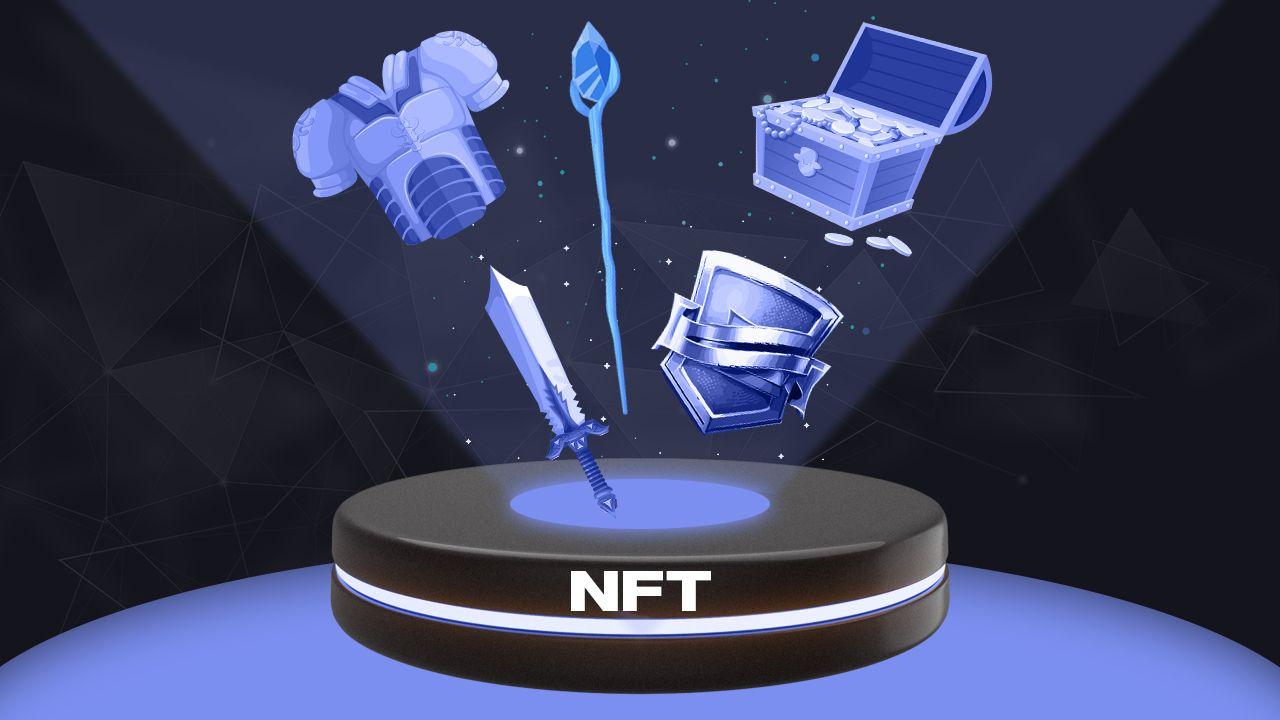The Desire for Tradable Skins and Accessories
“Hey, remember the debate on why gamers hate nfts?” Jenny asked as she showed off her shimmering, ultra-rare dragon-winged avatar skin. In one sense, the conversation surrounding NFTs is reminiscent of the dawn of tradable skins and accessories in gaming. Gaming aesthetics, especially in the form of skins, emotes, and accessories, have long been a crucial part of a player’s identity and immersion. So, why is there such an allure to these digital collectibles, and how has it changed the gaming landscape?
1. Personalized Pixels are the New Bling!
First, there’s the undeniable appeal of customization. We love standing out, and in a digital realm where everyone starts the same, skins and accessories provide that splash of uniqueness. A rare skin? Oh, you bet that’s a badge of honor, akin to sporting a limited-edition pair of sneakers in the real world.
2. The Thrill of the Hunt (or Trade).
Securing a hard-to-get item has always been a joy for gamers. Whether it’s defeating a boss, completing a tricky quest, or engaging in a masterful trade, the chase adds layers of excitement. Being able to trade these skins takes it to a new level. It’s not just about getting a cool look but potentially reaping a profit from it.
3. Everyone Loves a Little Show and Tell.
Let’s face it; the gaming world is as much a social space as it is a platform for adventures. Showing off your latest acquisition, especially if it’s rare or carries sentimental value, enhances the social experience. It’s akin to sharing stories around a campfire, except the campfire is a massive online server, and the stories are of epic battles and trades.
4. An Added Dimension to Game Economics.
The introduction of tradable skins and accessories has added a new layer to the in-game economy. The value isn’t just based on the utility of an item but also its aesthetics and rarity. This intricate dance of supply and demand makes the gaming world more dynamic and mirrors real-world economic systems in fascinating ways.
5. A Collector’s Digital Paradise.
Humans are natural collectors. From stamps to action figures, we love assembling sets and hunting rarities. The gaming environment has become a digital extension of this instinct. Players become curators of their virtual collections, showcasing their personalities and gaming milestones.
6. The Real World Crossover.
Tradable skins and accessories have begun to seep into the realm of tangible rewards. Special edition merchandise, exclusive event passes, or even physical collectibles can sometimes be tied to these digital trophies. It’s a blending of our online and offline worlds in a rich tapestry of geek culture.
Increasing Player Spending with Tradable In-Game Items
You know, just the other day, I overheard a spirited conversation about why gamers hate NFTs. And while the NFT debate rages on, it reminded me of another conversation from yesteryears – the impact of tradable in-game items on player spending. So, if you’ve ever wondered how game companies expertly encourage players to dig deeper into their pockets, you’re about to get a fun crash course!
1. Flaunt it if You’ve Got it!
Let’s kick things off with a truth bomb: gamers LOVE to showcase their skills, accomplishments, and yes, their in-game loot. Tradable in-game items, be it skins, weapons, or some uber-cool accessories, provide players with bragging rights. And the rarer the item, the louder the brag!
2. Creating the FOMO.
Ah, the age-old tactic of Fear of Missing Out. Limited-time offers season-exclusive items, or even items that hint at a player’s in-game achievements can create an urgency to acquire. “You weren’t around for the Zombie Llama mount release? Ah, what a pity!” – and no one likes to be left out of the loop.
3. A Sprinkle of Real-World Value.
With the rise of platforms that allow for the sale and purchase of in-game items, these digital treasures suddenly have real-world value. Gamers can now look at their in-game items not just as fun accessories but as potential investments. And who wouldn’t mind making a little extra on the side?
4. Engagement, Engagement, Engagement!
By incorporating tradable items, games encourage longer and more frequent play sessions. After all, the more you play, the higher the chances of securing rare items. And once you have them, there’s the added dimension of trading, negotiating, and strategizing.
5. Crafting and Combining for the Win.
Some games have taken the concept of tradable items a step further by introducing crafting. Players can combine various items to create something new and possibly rare. It’s like being a digital blacksmith, except instead of swords, you might be making a shiny, rainbow-colored hat.
6. The Social Catalyst.
Trading isn’t just a transaction; it’s a social event. It fosters interaction, collaboration, and sometimes a little friendly rivalry. Creating a dynamic market within the game can turn solitary players into active community participants.
7. A Dash of Randomness.
Random loot boxes or gacha systems, where players are unsure of what they might get, adds an element of surprise and anticipation. It’s the digital equivalent of a treasure hunt, and yes, the thrill of the unknown can be pretty darn addictive.




